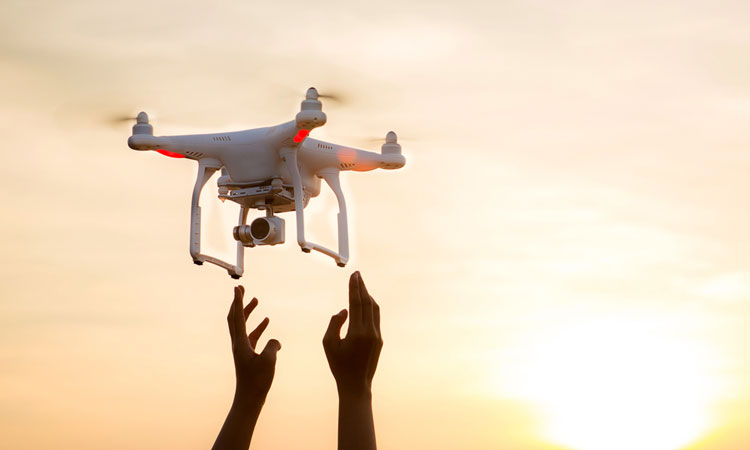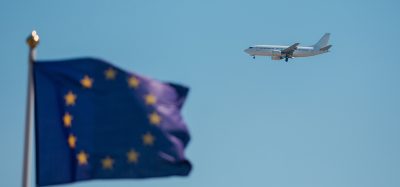Public remain wary of drones, as reported incidents increase
- Like
- Digg
- Del
- Tumblr
- VKontakte
- Buffer
- Love This
- Odnoklassniki
- Meneame
- Blogger
- Amazon
- Yahoo Mail
- Gmail
- AOL
- Newsvine
- HackerNews
- Evernote
- MySpace
- Mail.ru
- Viadeo
- Line
- Comments
- Yummly
- SMS
- Viber
- Telegram
- Subscribe
- Skype
- Facebook Messenger
- Kakao
- LiveJournal
- Yammer
- Edgar
- Fintel
- Mix
- Instapaper
- Copy Link
Posted: 6 December 2018 | International Airport Review | No comments yet
The British public remain sceptical about the use of drones, according to the latest figures released by air navigation service provider, NATS.


Almost 80 per cent of the 1,000 people surveyed by Ipsos MORI as part of NATS’ annual Aviation Index expressed concerns around privacy, while almost three quarters felt drones pose an ongoing safety risk to aircraft.
The findings come as the number of drone-related incidents around airports continues to rise. So far in 2018, reports to the UK Airprox board, which investigates reports of drone sightings by pilots, number 118. In 2017 the figure was 93.
Conversely, a large majority of people (80 per cent) expressed support for the use of drones to help the emergency services – as is happening in many police and fire services around the country – and 45 per cent saw drones as a potentially useful technology.
Andy Sage, NATS Drone Lead, said: “These findings show that people are not necessarily against drones, but that they have legitimate concerns about safety and privacy. NATS, working with the industry and the Civil Aviation Authority, has done a huge amount of work to try and improve drone safety and pilot training, but its clear there is more work to do here. Equally, as drone technology and regulations evolve to allow ‘beyond line of sight’ operations, we are working on ways to safely integrate them with manned aircraft and therefore allow fair and equal access to all users.”
Last year NATS launched its ‘Drone Assist’ app to help drone pilots identify safe places to fly, while through its partnership with drone technology company Altitude Angel, it is exploring ways for drones to fly safely in the same airspace as conventional aircraft, most notably during last week’s Operation Zenith at Manchester Airport.
The Aviation Index also asked the public how they felt about digital air traffic control towers, where camera technology can help air traffic controllers to manage aircraft away from a traditional tower.
The first major UK airport to adopt the technology will be London City. From 2020, its air traffic controllers will manage arrivals and departures from NATS’ air traffic control centre at Swanwick in Hampshire, 100 miles away from the airport.
Four in five people hadn’t heard of the concept, but once it was explained 46 per cent would prefer to fly from an airport with a traditional tower.
Steve Anderson, NATS Head of Airport Transformation, said: “That’s perhaps not surprising given the technology has only really started to come to fruition in recent years. Interestingly, 35 per cent versus 13 per cent felt digital towers would make flying more efficient – which is part of the aim along with improving safety. It will be fascinating to track this trend over the coming years as more digital towers come online.”
Related topics
Air traffic control/management (ATC/ATM), Drones, Regulation and Legislation, Safety


















